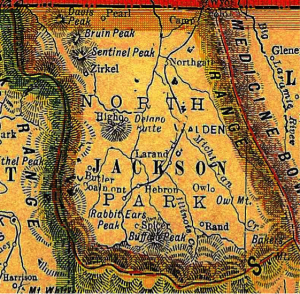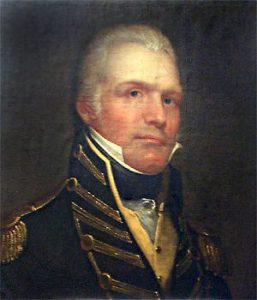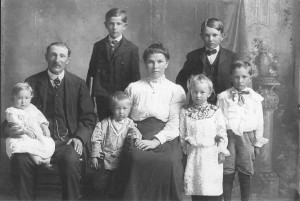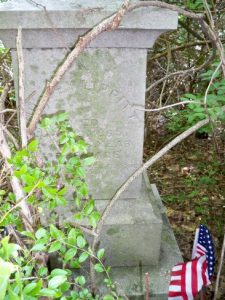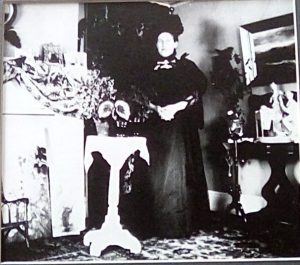 Many posts ago, I bemoaned the fact that I had (and have) many photographs of unknown people, animals, and landscapes. I have always been lucky enough to have all these albums and bins, even if I can’t put names to faces, or labels to albums. I’ve learned a little about how to date clothing and surroundings, hairstyles and hats, and poses and props.
Many posts ago, I bemoaned the fact that I had (and have) many photographs of unknown people, animals, and landscapes. I have always been lucky enough to have all these albums and bins, even if I can’t put names to faces, or labels to albums. I’ve learned a little about how to date clothing and surroundings, hairstyles and hats, and poses and props.
So it was with smug satisfaction and great glee years before reality set in that I retrieved a negative from its tightly curled state. Knowing who it was, I had it developed, and a safety negative prepared. Continue reading ‘Lovely lady’
